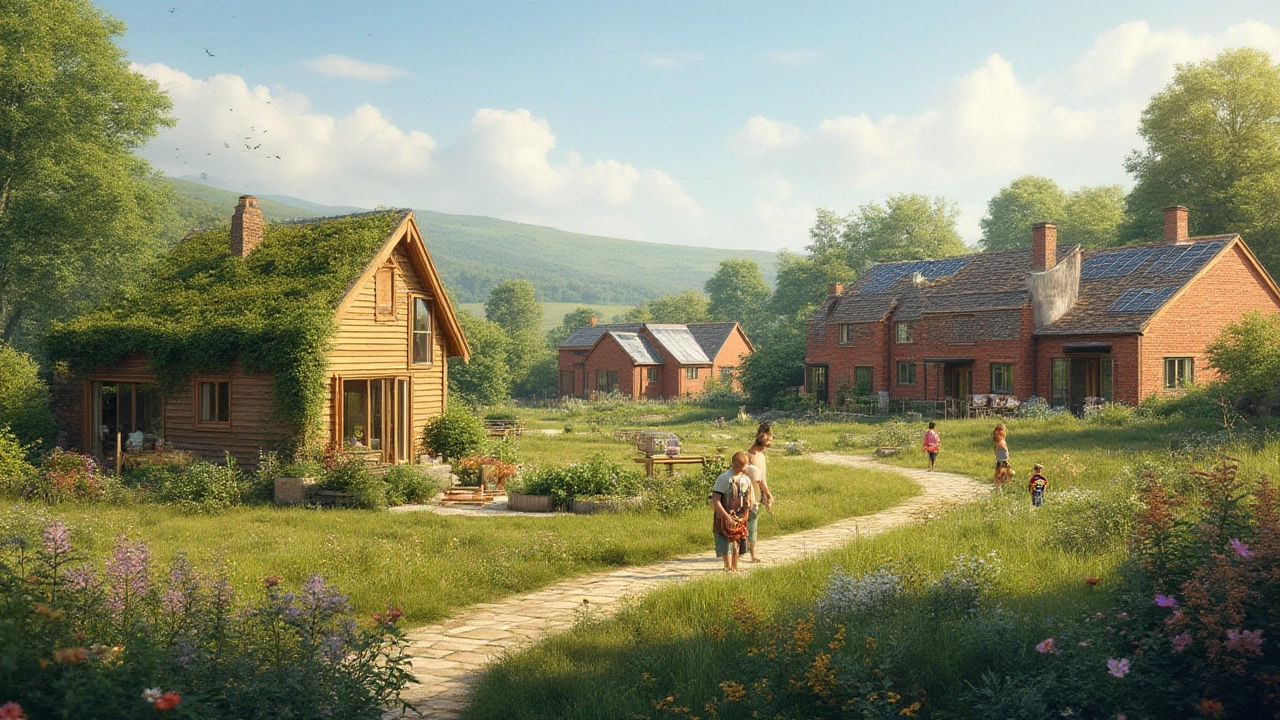
Eco Homes: Simple Guide to Green Living
Thinking about an eco home? You probably wonder if it will cost more, how to spot real green features, and whether it really saves money. This guide gives straight answers, no jargon, and practical steps you can use right now.
What Makes a Home Eco‑Friendly?
An eco home is built to use less energy, waste less water, and have a smaller impact on the planet. The main things to look for are:
- Insulation and airtightness. Good walls, roofs and windows keep heat in during winter and out in summer, so you spend less on heating and cooling.
- Renewable energy. Solar panels or wind turbines can power lights, appliances and even hot water.
- Smart design. Home orientation, natural light, and passive ventilation cut the need for artificial climate control.
- Sustainable materials. Timber from certified forests, recycled bricks and low‑VOC paints reduce the carbon footprint of construction.
- Water efficiency. Low‑flow taps, dual‑flush toilets and rain‑water harvesting lower water bills and protect local resources.
When a house ticks most of these boxes, it’s genuinely eco‑friendly. Beware of marketing tricks that call a house “green” just because it has a single solar panel.
How to Choose or Build an Eco Home
Here are clear steps you can follow:
- Set a realistic budget. Eco homes can cost a bit more upfront, but the energy savings usually pay back over 5‑10 years. Use an online calculator to compare the extra cost versus future bills.
- Check certifications. Look for labels like Passivhaus, BREEAM or the UK’s Low‑Carbon Housing Standard. These tell you the house meets strict eco criteria.
- Ask the builder about materials. Ask where timber comes from, if bricks are recycled, and what insulation is used. Honest builders will have receipts.
- Plan for renewable energy early. Installing solar panels during construction is cheaper than adding them later. Make sure the roof has the right angle and enough space.
- Think about future upgrades. A home wired for solar batteries or heat‑pump ready will be easier to improve later.
If you’re buying an existing house, look for recent retrofits: upgraded windows, added insulation or a solar system. These can make a traditional house almost as green as a new build.
Another tip is to focus on the “big three” savings: heating, hot water and lighting. Upgrading any one of these gives the biggest impact on your bills.
Finally, don’t forget the lifestyle side. Turning off lights, using a programmable thermostat and washing clothes in cold water are simple habits that boost any eco home’s performance.
Eco homes aren’t a luxury reserved for a few. With the right research and a bit of planning, you can find or create a house that feels comfortable, saves money, and does right by the environment.
